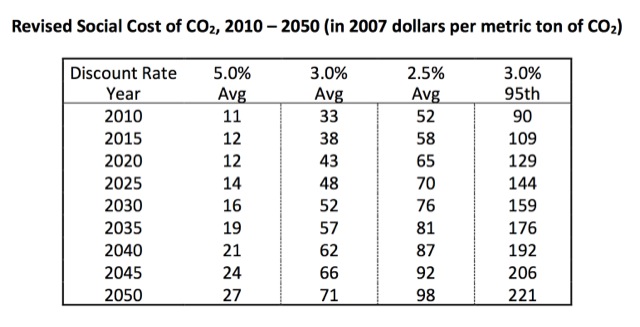Every experiment with vehicle-mile pricing that has ever been done protected driver privacy. In most if not all experiments, devices used to calculate charges did not even keep track of where users were; only what they owed. Legislation introduced in Congress to shift to vehicle-mile pricing set privacy as a top priority. Yet the Los Angeles Times ominously writes about “black boxes” that “possibly” will tell the government where you are driving or have driven.
Given concerns over the NSA and other government agencies that have admitted they are keeping track of our emails and other communications, privacy is a legitimate concern. Yet given the concerted efforts by supporters of vehicle-mile pricing to protect privacy, it is irresponsible of the L.A. Times to make a big deal of this.
The article quoted several people pointing out that gas taxes don’t work anymore, if they ever did, but ended up quoting someone saying Congress should just raise those gas taxes so that drivers won’t have to “be concerned about their privacy.”










